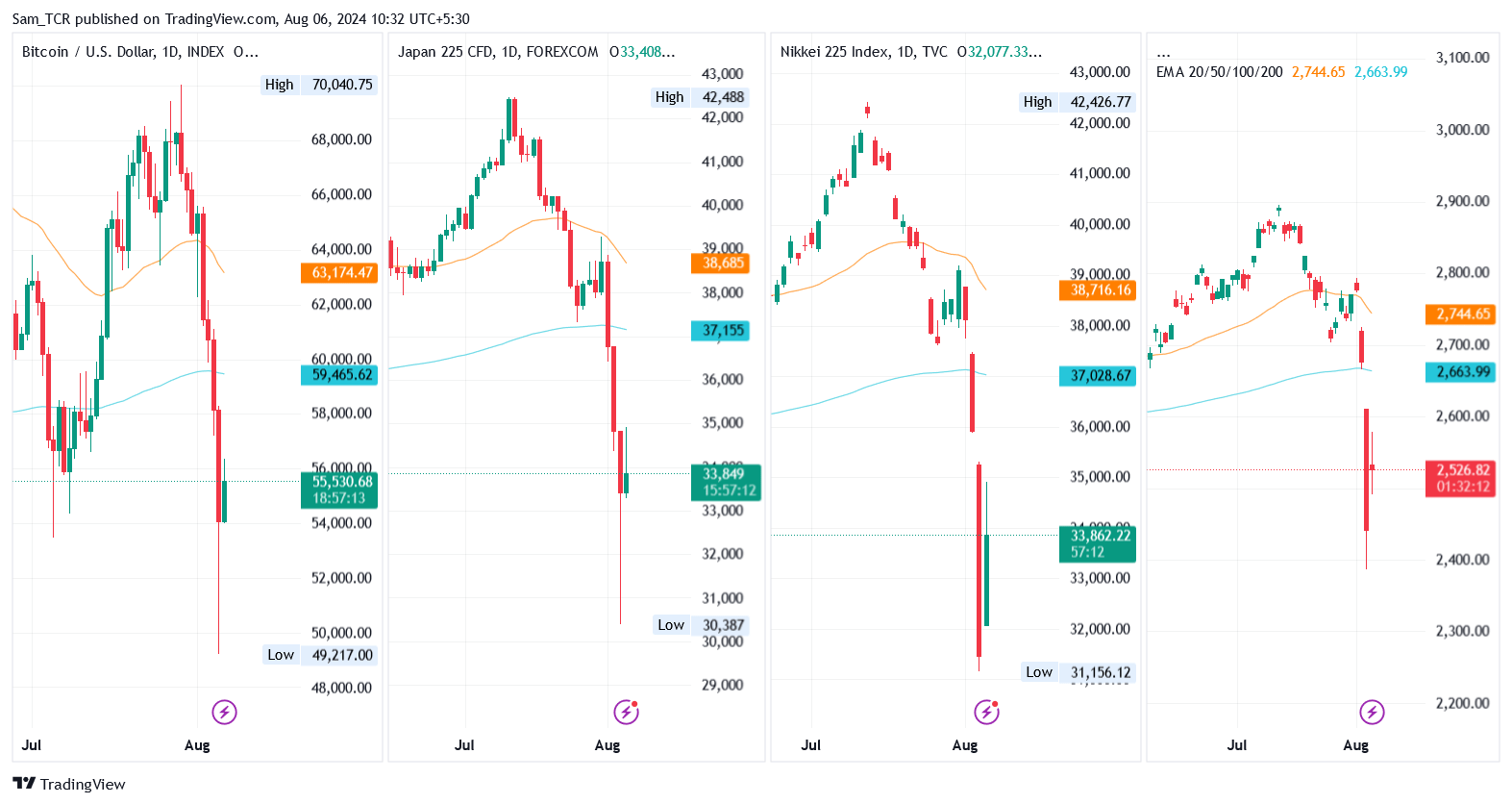Ethereum Foundation under fire for lack of transparency in treasury management

The lack of transparency around the Ethereum Foundation’s (EF) spending is in the limelight this week after an onchain transfer of 35,000 ETH ($94 million) from the Foundation’s treasury to Kraken was detected on Saturday.
This prompted EF Executive Director Aya Miyaguchi to clarify that the transfer was part of the Foundation’s “treasury management” activities and is not necessarily “equal to a sale.”
Miyaguchi said that, due to “regulatory complications,” the Foundation was prevented from sharing the plan in advance, but there will be “planned and gradual sales” going forward.
In a separate post yesterday, Josh Stark of the EF provided a first glimpse at a breakdown of the Foundation’s spending for the last two years. He clarified, however, that the full details are expected to be published before Devcon 2024.

Source: Josh Stark
For the last two years, EF has spent 25-30% of its annual budget on “L1 R&D.”
This includes internal spending on EF-affiliated teams like Geth, the dominant Ethereum software client on the execution layer, Privacy + Scaling Explorations, Solidity, Devcon, Ethereum.org, and more.
The second largest chunk of spending is in the “New Institutions” category. That includes external grants to organizations such as L2Beat, 0xPARC Foundation, Nomic Foundation, Decentralization Research Centre, and other Ethereum-related organizations.
The stated goal of external funding to these organizations is to “strengthen and support the Ethereum ecosystem” in the long term, Stark said.
Internal spending made up about 38% while external spending was about 62%. That roughly translates to $62 million being allocated as external spending for grants, given the Foundation’s annual budget of roughly $100 million a year.
Assuming the annual budget is spent in its entirety, the EF has a run rate of 6-7 years at today’s ETH prices, given EF’s treasury of 273,274 ETH ($687.5 million).
Based on the EF’s Q1 2024 report, the Ecosystem Support Program allocated $11.4 million in funding to 109 different developers, research, events, and community projects.
Additionally, when asked on X, Vitalik Buterin clarified that he’s paid roughly $139,600 a year as a member of the EF.
To put the EF’s spending into context, Arbitrum DAO has spent about $70 million on its Short-Term Incentive Program (STIP), a grant that ran for three months since November 2023, and another $23.7 million for the Long-Term Incentives Pilot Program (LTIPP).
Arbitrum also passed in May 2024 a $215 million grant to support its gaming ecosystem.
Cosmos’ Interchain Foundation spent $30.8 million in 2023 with the largest spending ($8.2 million) going towards the “IBC Protocol”, based on its 2023 annual report.
Source: Interchain Foundation
Polkadot, on the other hand, spent $87 million in the first half of 2024 alone, with $37 million going to “advertising and media, online and offline community building and events…big conferences and business development,” based on a treasury report released in June.
Source: Polkadot
Other major L1 Foundations, including the Solana Foundation and the Aptos Foundation, have not released formal annual spending reports.
A Sui Foundation spokesperson told Blockworks that it may release treasury reports in the future in addition to its current updates.
The Solana Foundation and Aptos Foundation did not immediately return a request for comment.
Disclaimer: Blockworks Research is a delegate to Arbitrum DAO.





 Bitcoin
Bitcoin  Ethereum
Ethereum  Tether
Tether  USDC
USDC  Dogecoin
Dogecoin  Cardano
Cardano  TRON
TRON  Chainlink
Chainlink  Bitcoin Cash
Bitcoin Cash  LEO Token
LEO Token  Litecoin
Litecoin  Dai
Dai  Monero
Monero  Ethereum Classic
Ethereum Classic  Stellar
Stellar  Cronos
Cronos  Stacks
Stacks  OKB
OKB  Hedera
Hedera  Cosmos Hub
Cosmos Hub  Maker
Maker  KuCoin
KuCoin  Theta Network
Theta Network  Gate
Gate  Algorand
Algorand  Polygon
Polygon  NEO
NEO  EOS
EOS  Zcash
Zcash  Tezos
Tezos  Tether Gold
Tether Gold  Synthetix Network
Synthetix Network  TrueUSD
TrueUSD  IOTA
IOTA  Bitcoin Gold
Bitcoin Gold  Holo
Holo  Dash
Dash  0x Protocol
0x Protocol  Zilliqa
Zilliqa  Siacoin
Siacoin  Enjin Coin
Enjin Coin  Ravencoin
Ravencoin  Basic Attention
Basic Attention  Qtum
Qtum  Decred
Decred  Ontology
Ontology  NEM
NEM  Lisk
Lisk  Nano
Nano  Numeraire
Numeraire  Pax Dollar
Pax Dollar  DigiByte
DigiByte  Waves
Waves  Status
Status  Huobi
Huobi  Hive
Hive  Steem
Steem  BUSD
BUSD  Ren
Ren  OMG Network
OMG Network  Bitcoin Diamond
Bitcoin Diamond  Bytom
Bytom  Kyber Network Crystal Legacy
Kyber Network Crystal Legacy  HUSD
HUSD